15 Must-See Psychological Horror Movies That Mess With Your Mind
Psychological horror movies get under your skin in a way that jump scares never could. They twist reality, play tricks on your senses, and make you question what’s real. These stories stay with you long after they end, turning fear into fascination. Here are some of the most gripping films that truly mess with your mind.
This post may contain affiliate links, which helps keep this content free. Please read our disclosure for more info.
The Shining (1980)
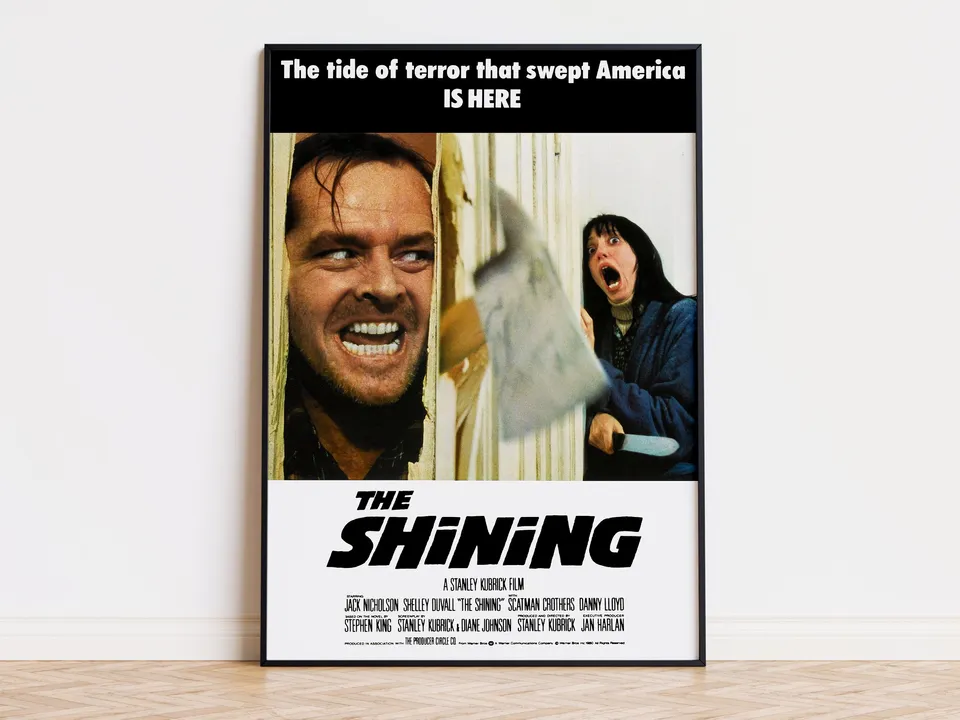
Stanley Kubrick’s The Shining traps its audience inside the sprawling, snowbound halls of the Overlook Hotel. Jack Nicholson delivers one of the most chilling performances in film history as a writer slowly losing his mind. The film’s unsettling symmetry, echoing hallways, and eerie silences pull viewers into his unraveling psyche. Every frame feels like a puzzle that hints at something terrible lurking beneath the surface.
The story’s power lies in how it builds unease rather than relying on shocks. Isolation turns the hotel into a character of its own, feeding on fear and madness. Shelley Duvall’s terrified expressions linger in your mind long after the credits roll. It’s a masterpiece of psychological tension that still sparks debate decades later.
Black Swan (2010)
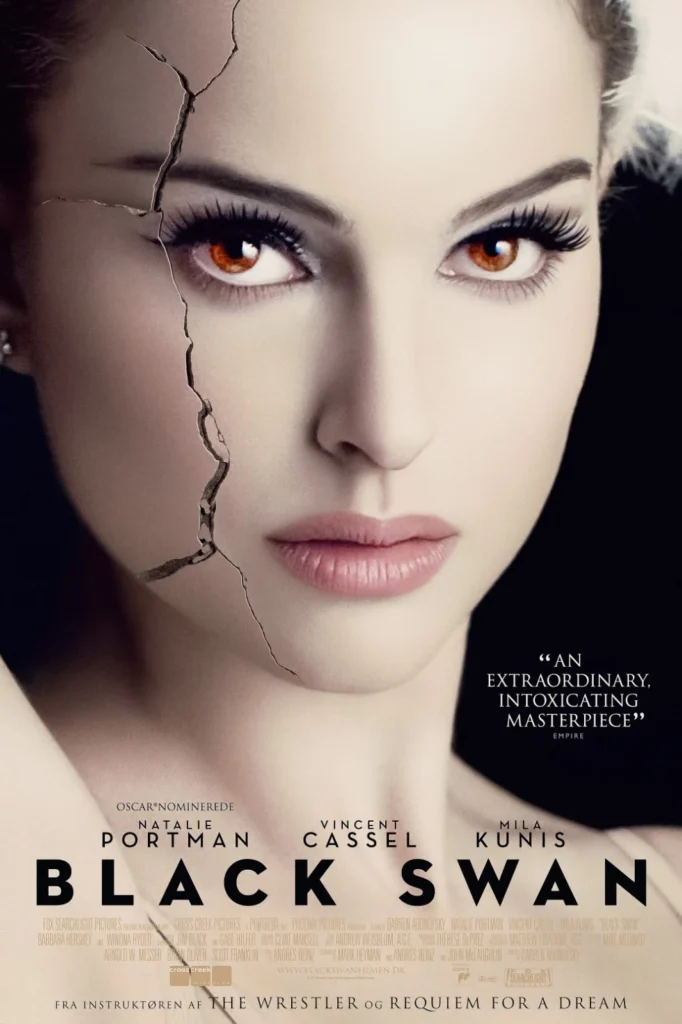
Black Swan blurs the boundaries between ambition and obsession through the eyes of a dedicated ballerina. Natalie Portman’s transformation from fragile perfectionist to haunted performer is both mesmerizing and painful to watch. Each scene pushes her closer to a mental breaking point as the pressure to be flawless consumes her. The film’s mix of beauty and horror makes it impossible to look away.
The eerie visuals and tight camera work make you feel trapped inside her head. Reality begins to bend as she loses track of what’s real and what’s imagined. By the end, her final performance feels both triumphant and tragic. It’s a haunting portrait of the price of perfection.
Hereditary (2018)

Ari Aster’s Hereditary begins as a family drama and ends as something far more disturbing. Toni Collette gives a powerful performance as a mother dealing with grief that turns increasingly sinister. Shadows hide strange symbols, and grief becomes a gateway to something supernatural. The film’s slow pace and quiet moments make every sudden horror hit harder.
It’s not just the ghosts that haunt this story—it’s the weight of loss and guilt. The tension builds with each scene until it’s almost unbearable. Viewers leave feeling unsettled, as if something followed them out of the theater. Few modern horror films manage to feel this personal and terrifying at once.
The Babadook (2014)
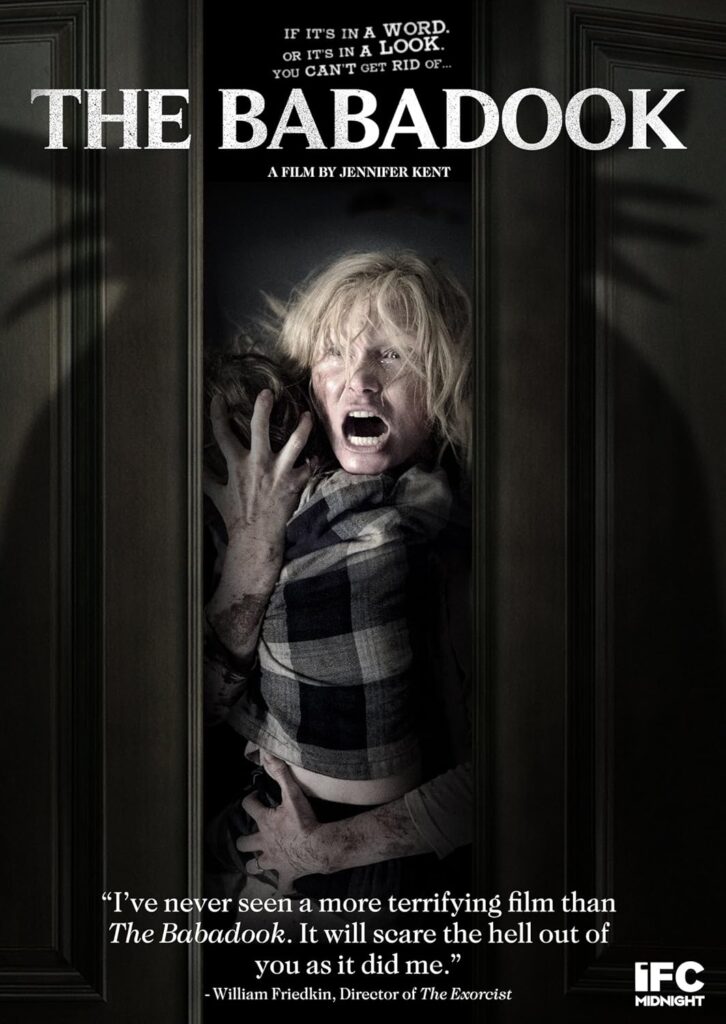
The Babadook centers on a single mother struggling with the death of her husband and the challenges of raising her young son. When a mysterious children’s book appears, it opens the door to something dark and menacing. The creature that emerges is both a monster and a reflection of her grief. Each scene builds with quiet dread rather than loud scares.
What makes the story so effective is its emotional honesty. Fear becomes a metaphor for loss and depression. The house grows darker as her sanity slips away, making every creak and whisper feel personal. It’s a horror movie that hits the heart as much as the nerves.
Midsommar (2019)
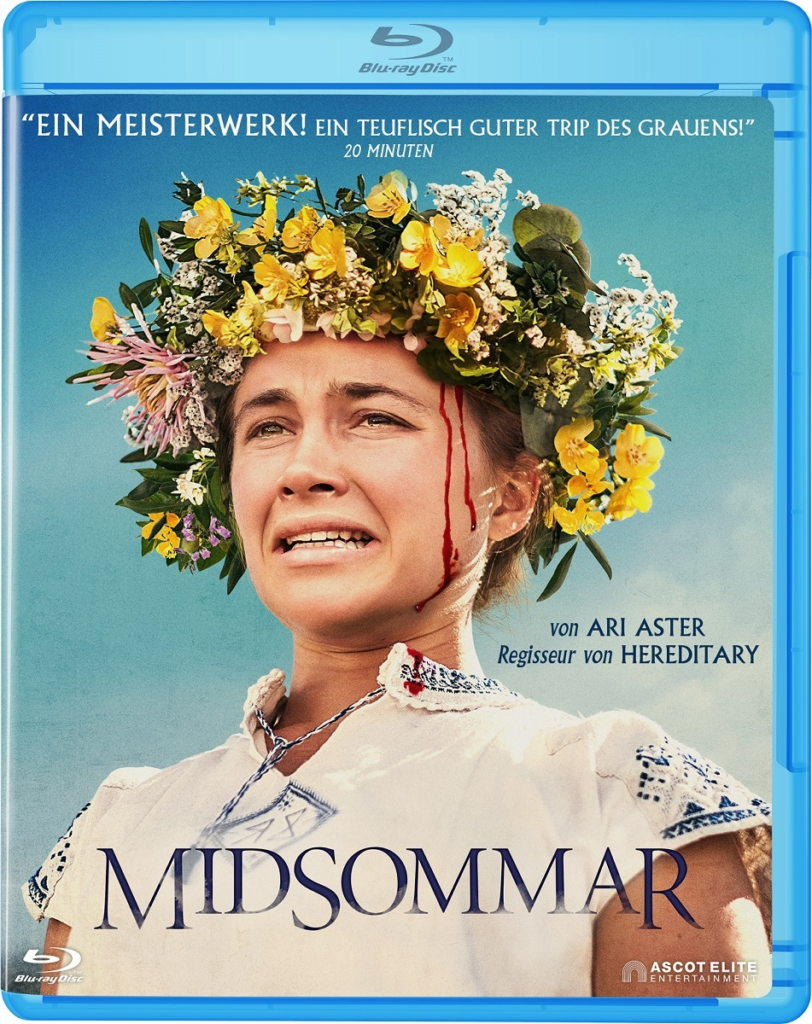
In Midsommar, a group of friends travel to Sweden for a once-in-a-lifetime festival that turns horrifyingly strange. Florence Pugh plays a young woman reeling from tragedy, searching for peace but finding ritual terror instead. The endless daylight and flower-filled fields make the horror even more disturbing. There’s nowhere to hide from the unsettling beauty surrounding them.
Ari Aster turns grief into a visual nightmare, wrapping pain in color and song. Every smile hides menace, and every ritual grows harder to watch. By the end, the film feels like a fever dream that won’t fade. It’s an unforgettable mix of beauty, sorrow, and madness.
The Others (2001)
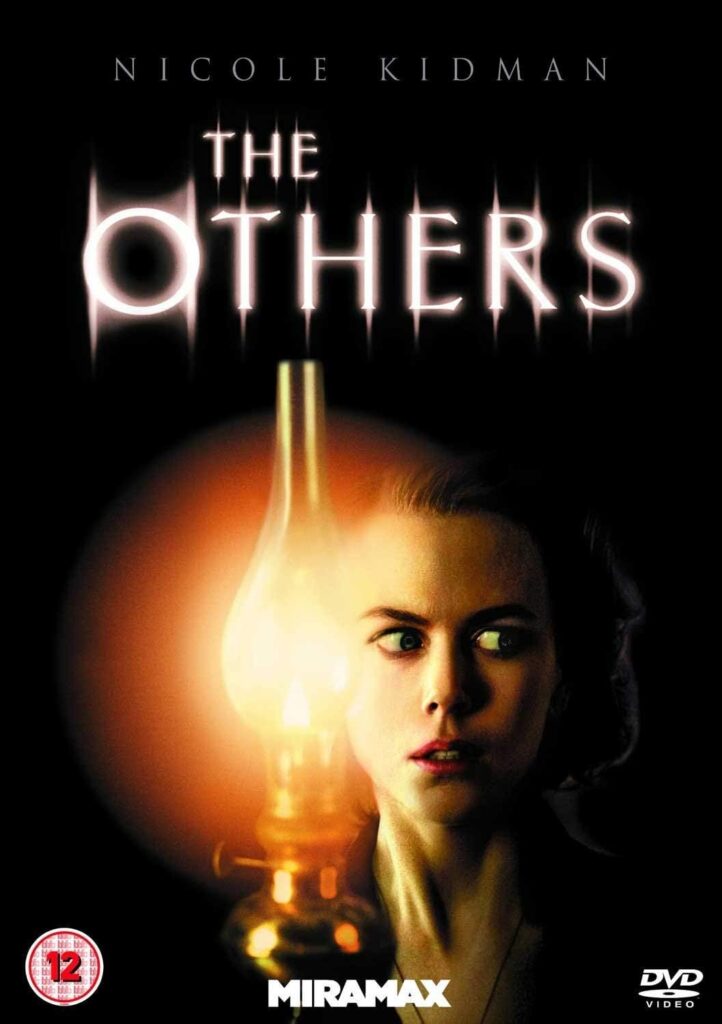
Nicole Kidman stars as a protective mother living with her children in a fog-shrouded mansion. Strange noises and unexplained events begin to disturb their daily life. The tension grows as she becomes convinced that ghosts are haunting them. The muted colors and cold atmosphere give every scene an air of dread.
The film’s twist changes everything you thought you understood. Its slow pacing and quiet fear keep you guessing until the very end. It’s a ghost story that’s more about emotion than shock value. The Others proves that the scariest things often whisper rather than scream.
Jacob’s Ladder (1990)
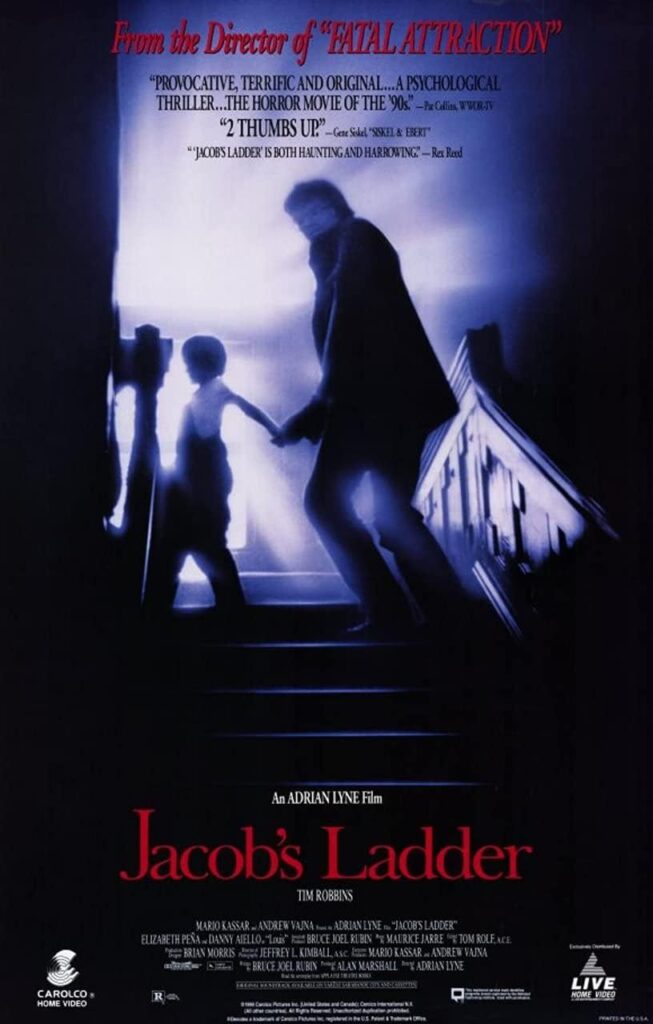
Jacob’s Ladder follows a Vietnam veteran haunted by terrifying visions and fragments of memory. Tim Robbins delivers a raw, haunting performance as a man trapped between worlds. The film mixes war trauma with supernatural horror, leaving viewers unsure what’s real. It’s both psychological thriller and emotional tragedy.
The dreamlike imagery creates a sense of constant disorientation. One moment feels calm, and the next spirals into madness. The story builds to a revelation that reframes every event before it. It’s the kind of film that lingers, demanding a second viewing to truly understand.
Get Out (2017)
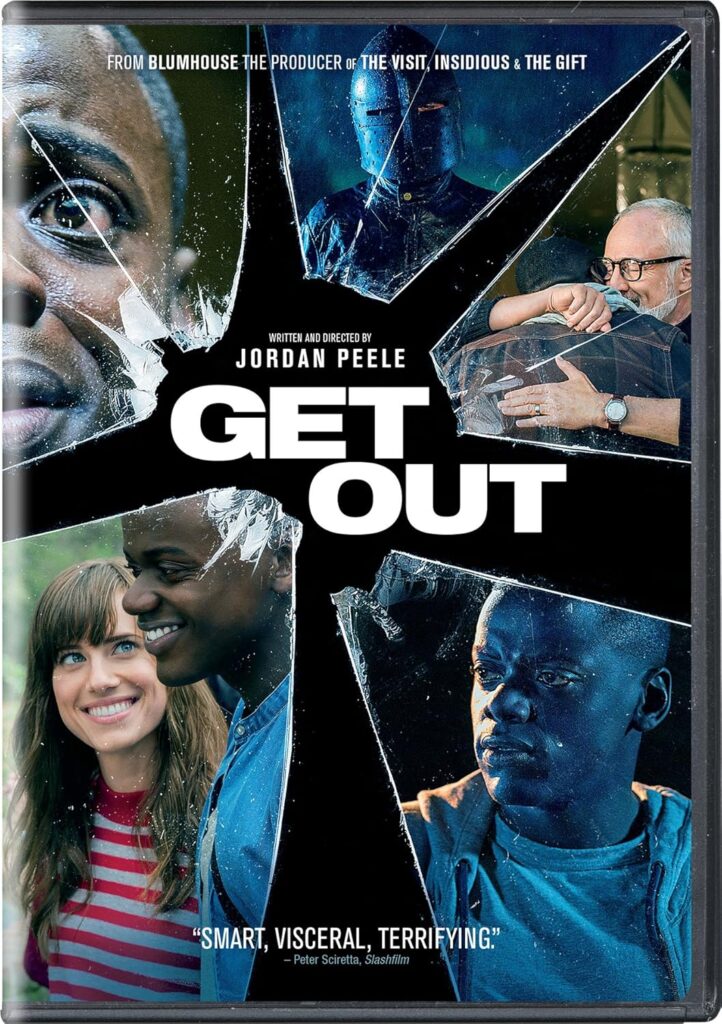
Jordan Peele’s Get Out turns a weekend visit into a nightmare of paranoia and control. Daniel Kaluuya’s calm demeanor slowly cracks as he uncovers the dark truth behind his girlfriend’s family. The film mixes suspense, dark humor, and sharp social commentary in equal measure. Every smile feels loaded, every silence uncomfortable.
The tension never lets up as small clues turn into shocking revelations. Peele’s direction keeps the viewer trapped in the same confusion and dread as the main character. By the final act, every moment of politeness becomes pure terror. Get Out proves that horror can be both thrilling and thought-provoking.
The Sixth Sense (1999)
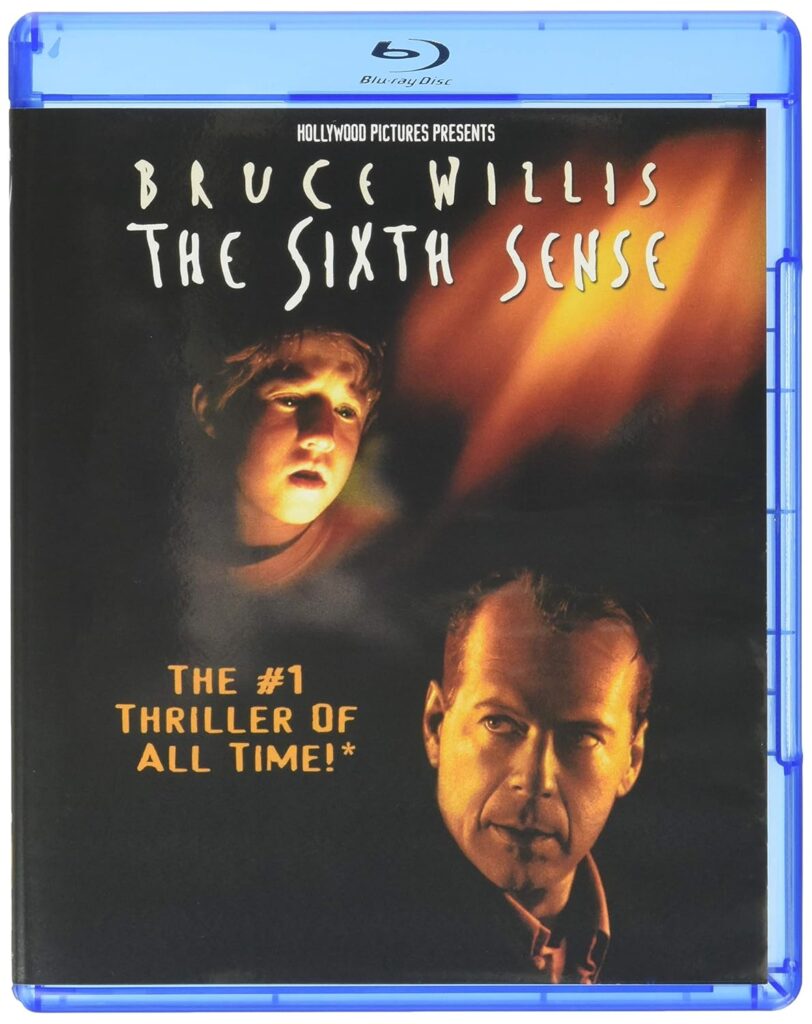
M. Night Shyamalan’s The Sixth Sense tells the story of a boy who claims to see the dead. Bruce Willis plays the psychologist trying to help him understand his terrifying visions. The film builds slowly, layering mystery and emotion with quiet intensity. Every small detail matters, leading to one of cinema’s most famous twists.
What makes the movie stand out is its empathy for its characters. Instead of relying on gore, it explores fear through emotion and connection. The ghostly encounters are sad as much as they are scary. Even after the twist, the story feels deeply human.
Perfect Blue (1997)

This animated Japanese thriller from Satoshi Kon follows a pop star whose life spirals after she leaves music for acting. As fame consumes her, she begins to lose track of who she is. The film moves between reality, performance, and delusion with dizzying precision. Each scene draws you deeper into her fractured mind.
The hand-drawn visuals make the psychological horror even more striking. It’s both surreal and disturbingly grounded in celebrity culture. Every reflection and shadow seems to hide a secret. By the end, you’re unsure what’s real—and that’s exactly the point.
The Lighthouse (2019)

Robert Eggers’ The Lighthouse traps two lighthouse keepers on a storm-lashed island, where isolation drives them mad. Willem Dafoe and Robert Pattinson deliver intense performances full of rage, paranoia, and longing. Shot in stark black and white, the film feels timeless and claustrophobic. Its strange humor makes the darkness even heavier.
Each scene teeters between reality and hallucination. The sea, the light, and the storm all become symbols of obsession. As their bond unravels, sanity slips away in violent bursts. It’s a story as mysterious as the ocean itself.
Rosemary’s Baby (1968)
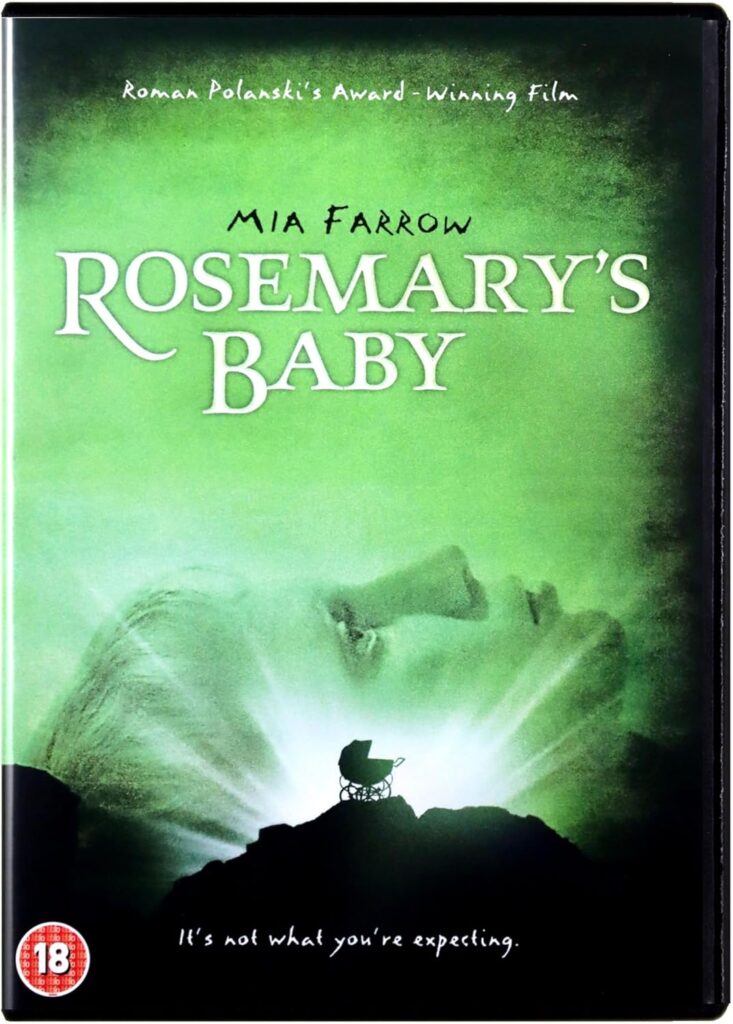
Roman Polanski’s Rosemary’s Baby follows a young woman whose pregnancy becomes surrounded by suspicion and control. Mia Farrow’s fragile, hopeful performance turns heartbreaking as her world closes in. Her neighbors seem too kind, her husband too eager, and her health steadily declines. The horror grows slowly, creeping into ordinary life.
The film’s quiet realism makes its supernatural turn even more shocking. It explores how isolation and manipulation can break a person’s trust in her own mind. By the end, the horror feels inevitable and deeply personal. It’s a chilling study of fear, control, and betrayal.
The Witch (2015)
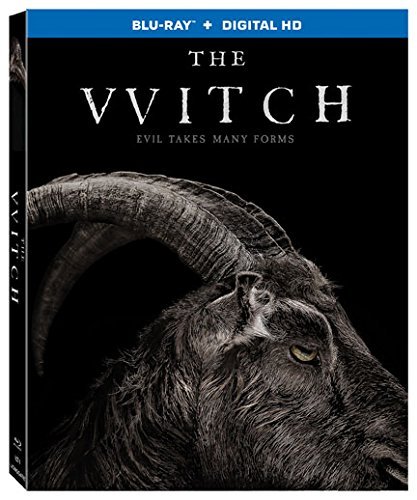
Set in 1630s New England, The Witch tells of a family exiled from their community and living on the edge of the woods. Strange happenings begin to unravel their faith and unity. The tension builds through silence, superstition, and the fear of the unknown. Every whisper in the forest feels like a warning.
The film’s authenticity makes it deeply unsettling. Dialogue in old English adds to the sense of unease. Religious paranoia mixes with isolation to create true psychological horror. It’s a haunting tale of belief turning against those who hold it most dear.
Session 9 (2001)
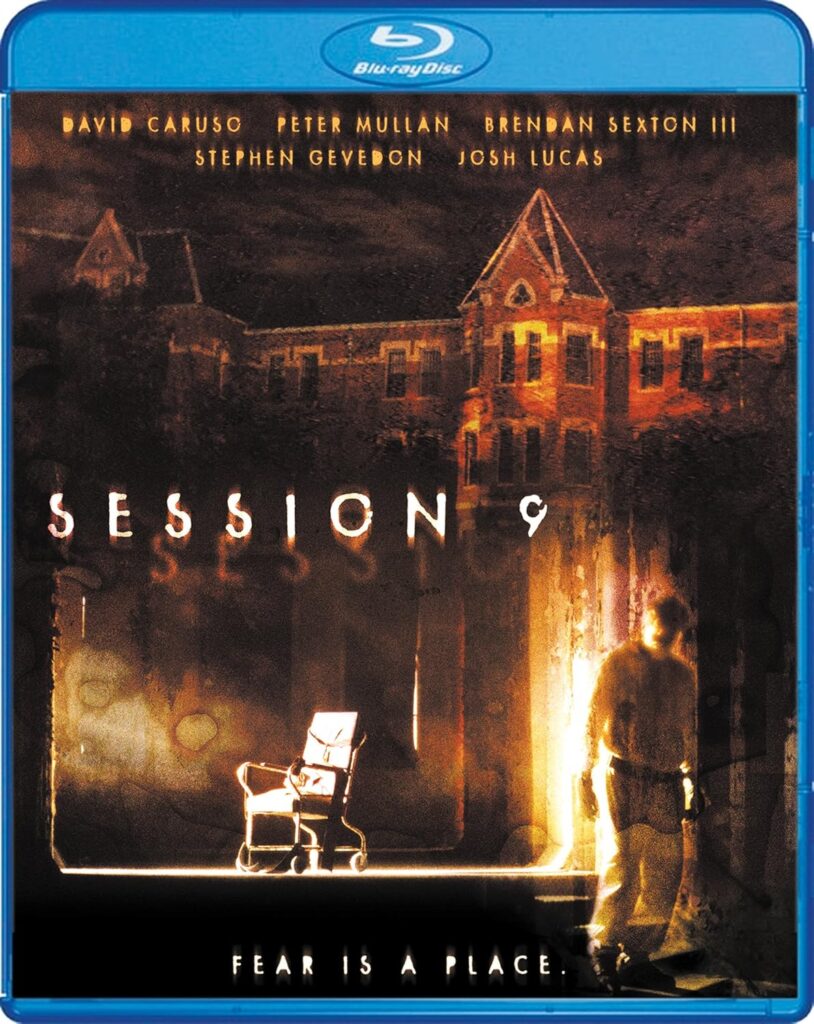
Session 9 unfolds in an abandoned mental asylum where a cleanup crew finds something sinister. The decaying building feels alive, echoing with voices from the past. As the team works, their own fears and guilt begin to surface. The tension builds quietly until it snaps.
The movie’s power lies in what it doesn’t show. The empty halls and broken lights create more fear than any monster could. Each worker becomes trapped in his own mental maze. By the end, the line between sanity and madness completely disappears.
Coherence (2013)
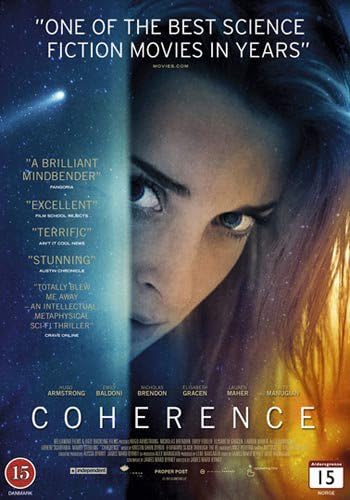
During a dinner party, a group of friends notice strange things happening outside as a comet passes overhead. What starts as an awkward evening turns into a mind-bending nightmare. As reality splinters, they begin questioning who they are and where they belong. Every answer only raises more confusion.
The film’s small setting makes the growing tension even stronger. Conversations turn into paranoia as friends suspect each other. It’s clever, unsettling, and impossible to predict. Coherence proves that you don’t need big effects to make the mind spin.
This article originally appeared on Avocadu.
